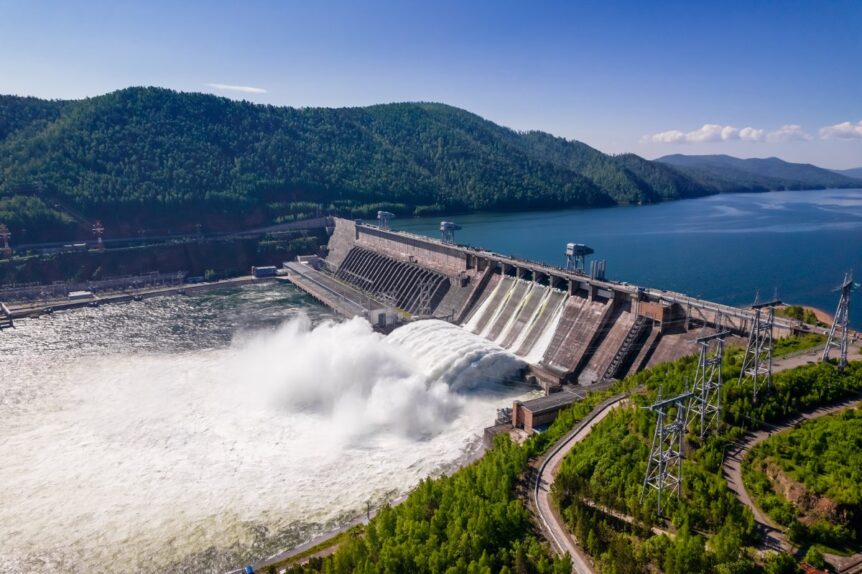A new study shows how hydropower can be used, stored, and increased in the US, although global warming can still have an impact.
Some Good News
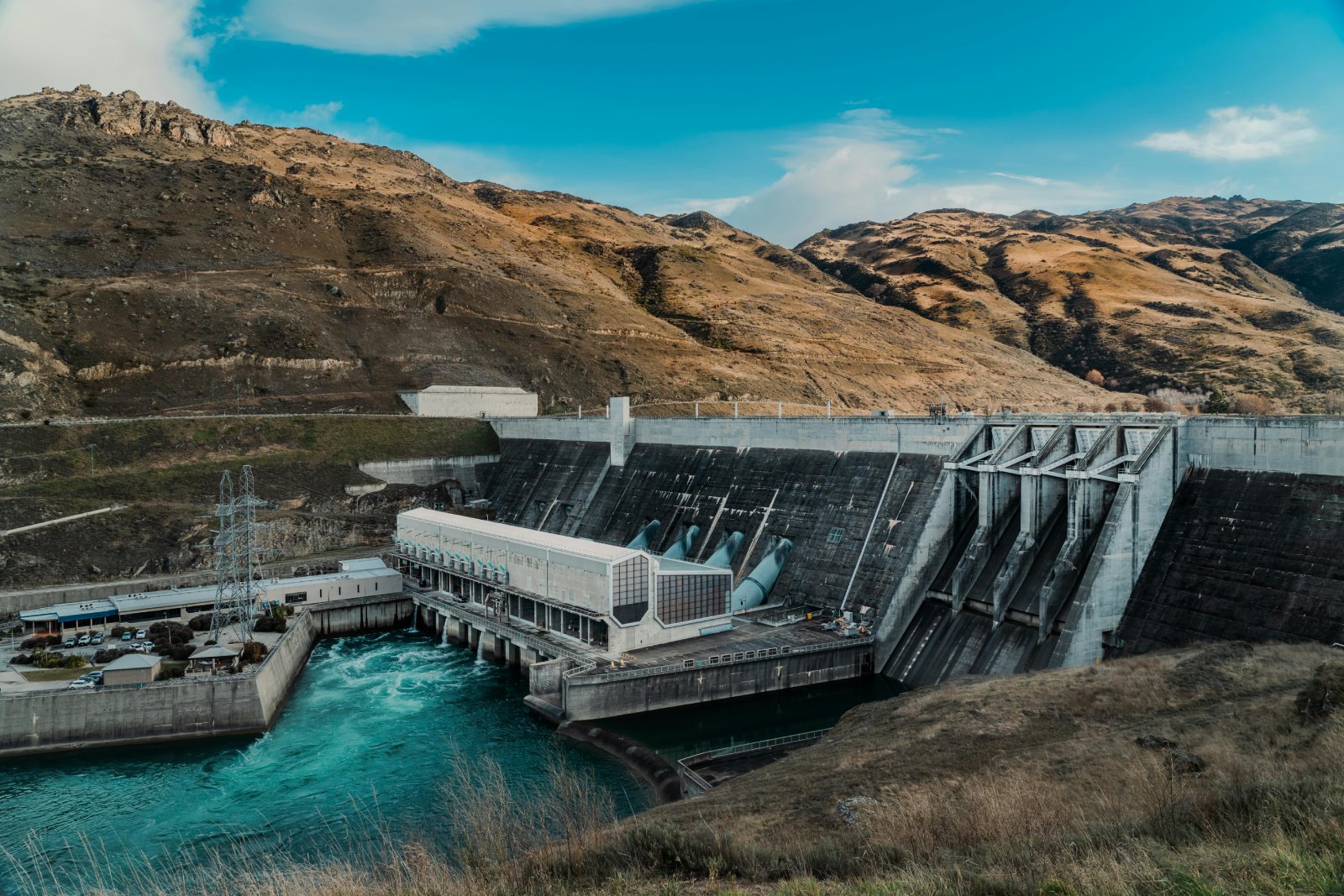
Image Credit: Pexel / Donovan Kelly
A new study by the Pacific Northwest National Laboratory (PNNL) brings some hope to those of us stressed about climate change.
Published in Environmental Research Letters on August 8th, the study indicates how the Pacific Northwest of the US could enjoy a rise in hydropower within the next 15 years.
Sounds Promising
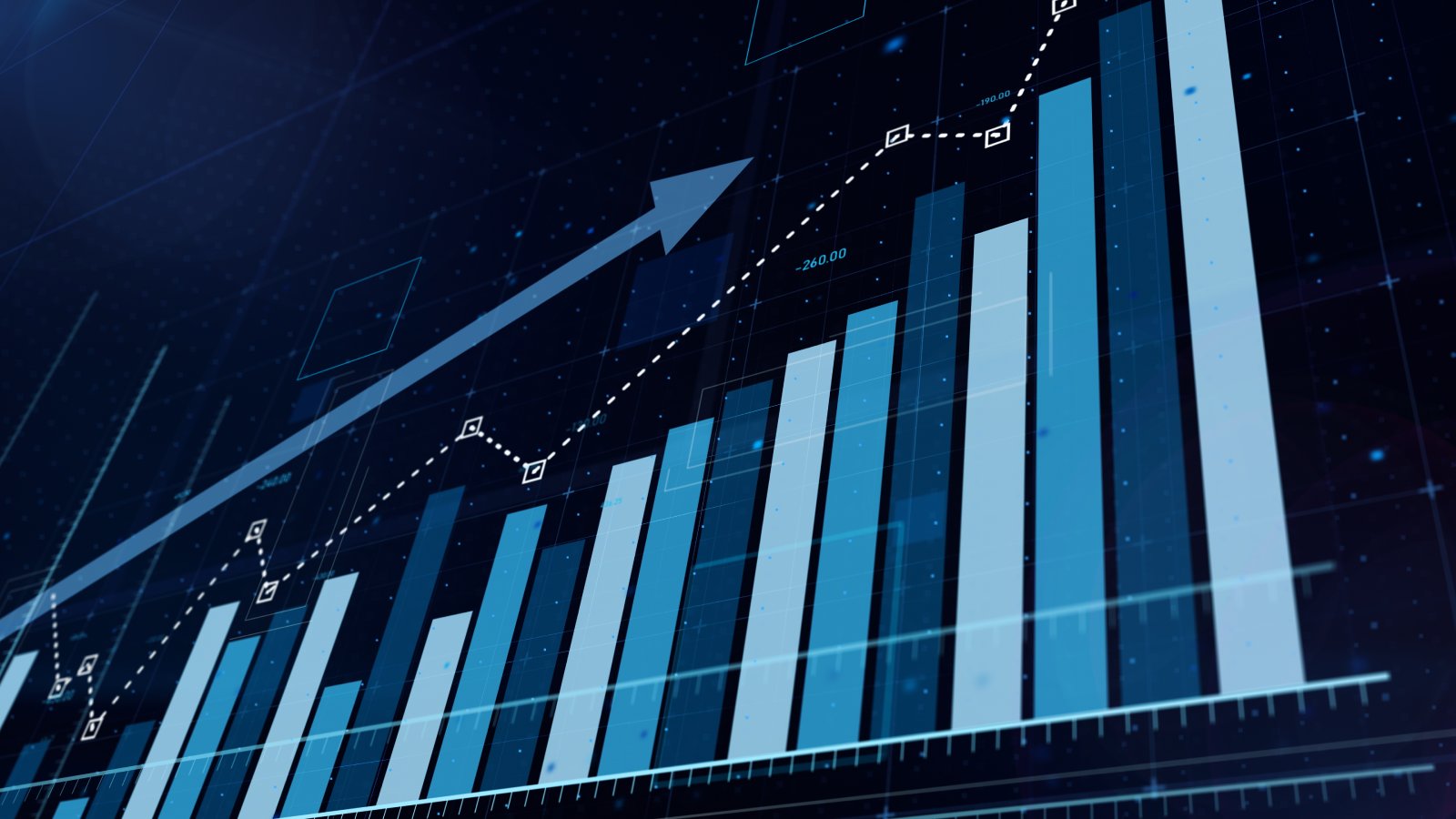
Image Credit: Shutterstock / KeyFame
For those needing a quick catchup, hydropower is a renewable energy source harnessing the energy of flowing water to produce electricity.
And according to the study, there’s a good chance it can increase by 5% by 2039 and by 10% by the year 2059 across the US.
A Rise in the Northwest
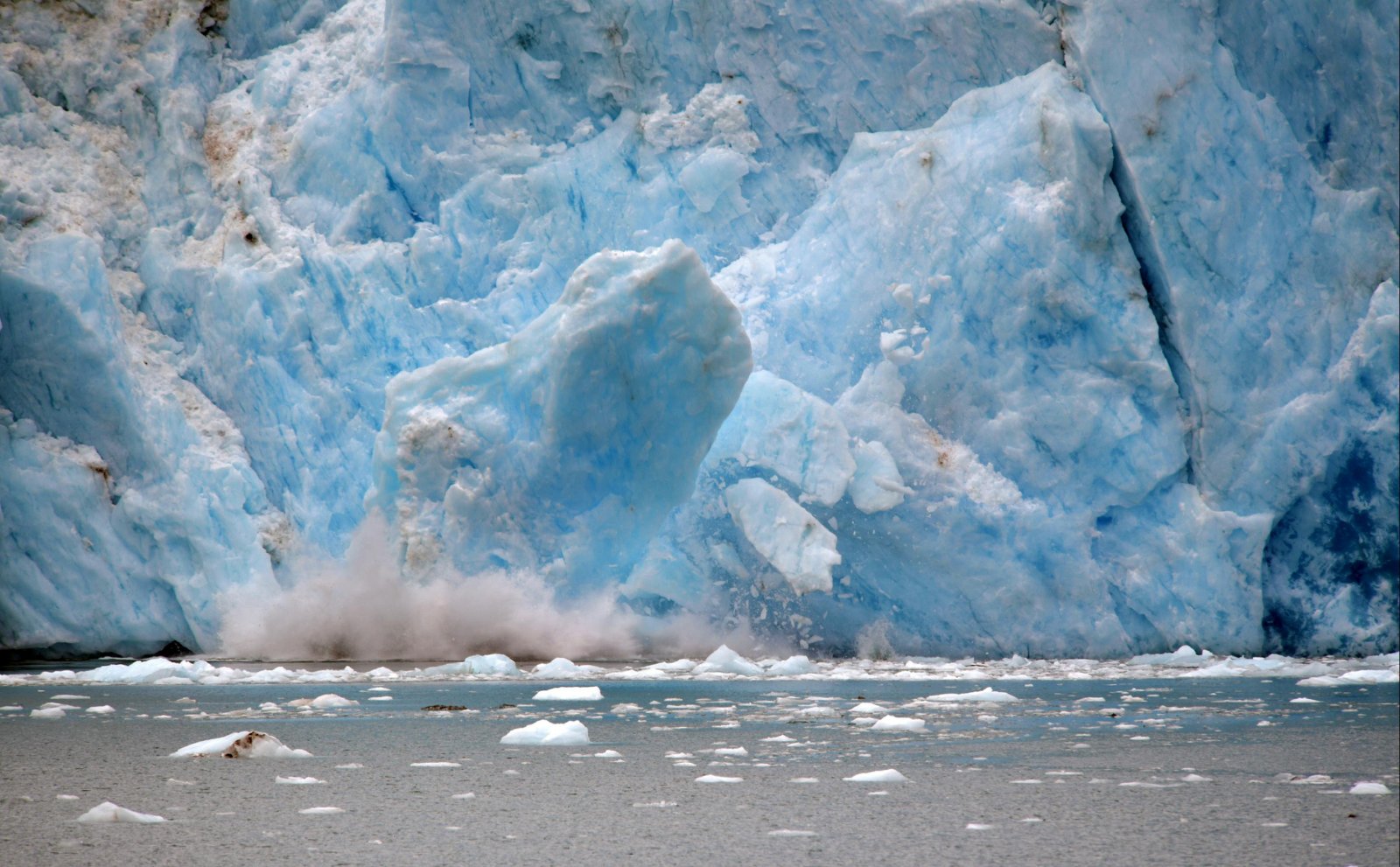
Image Credit: Pexel / Chen Te
But this isn’t futuristic magic, as the study noted that hydropower already provides about 60% of the Pacific Northwest’s energy.
For example, almost 40% of Oregon’s electricity in 2021 was due to hydropower, all thanks to the abundance of melting snow flowing from the Cascade Mountains to the rivers.
But a Dip in the Southwest

Image Credit: Shutterstock / Bule Sky Studio
The only part of the US where hydropower is predicted to be reduced (between 3% – 6%) in the given timeframe is in some areas of the Southwest, due to the rising drought.
But How?
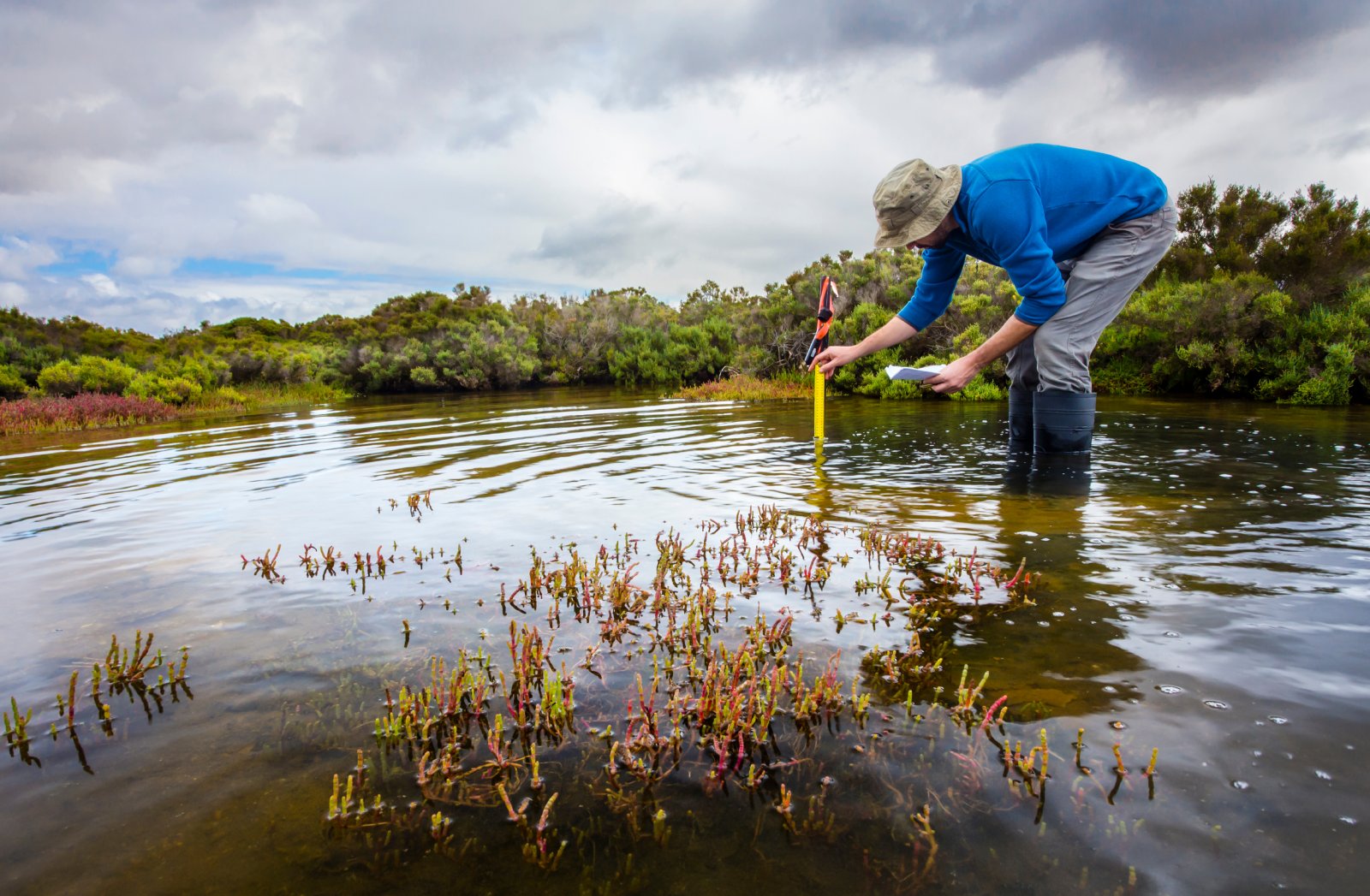
Image Credit: Shutterstock / I. Noyan Yilmaz
Federal researchers started by collecting data from over 1,400 hydropower facilities, which they analyzed alongside information indicating the potential impact of rising global temperatures on water flow and volume.
So, Warming Weather Actually Helps?

Image Credit: Shutterstock / Eli Mordechai
The PNNL found that as temperatures keep rising, the increase in seasonal precipitation can mean a modest enhancement for the generation of hydropower.
Remember to Back Up

Image Credit: Shutterstock / Jacob Lund
PNNL’s Chief Regional Water Energy Dynamics Researcher, Nathalie Voisin, says that it’s also crucial to use hydropower as a source for battery storage or backup energy.
Voisin also noted that initiatives are currently in progress in the Northwest to implement a method known as “pumped storage” to enhance the flexibility of hydropower. This approach assists utilities in better balancing intermittent energy sources such as wind and solar.
Already On It
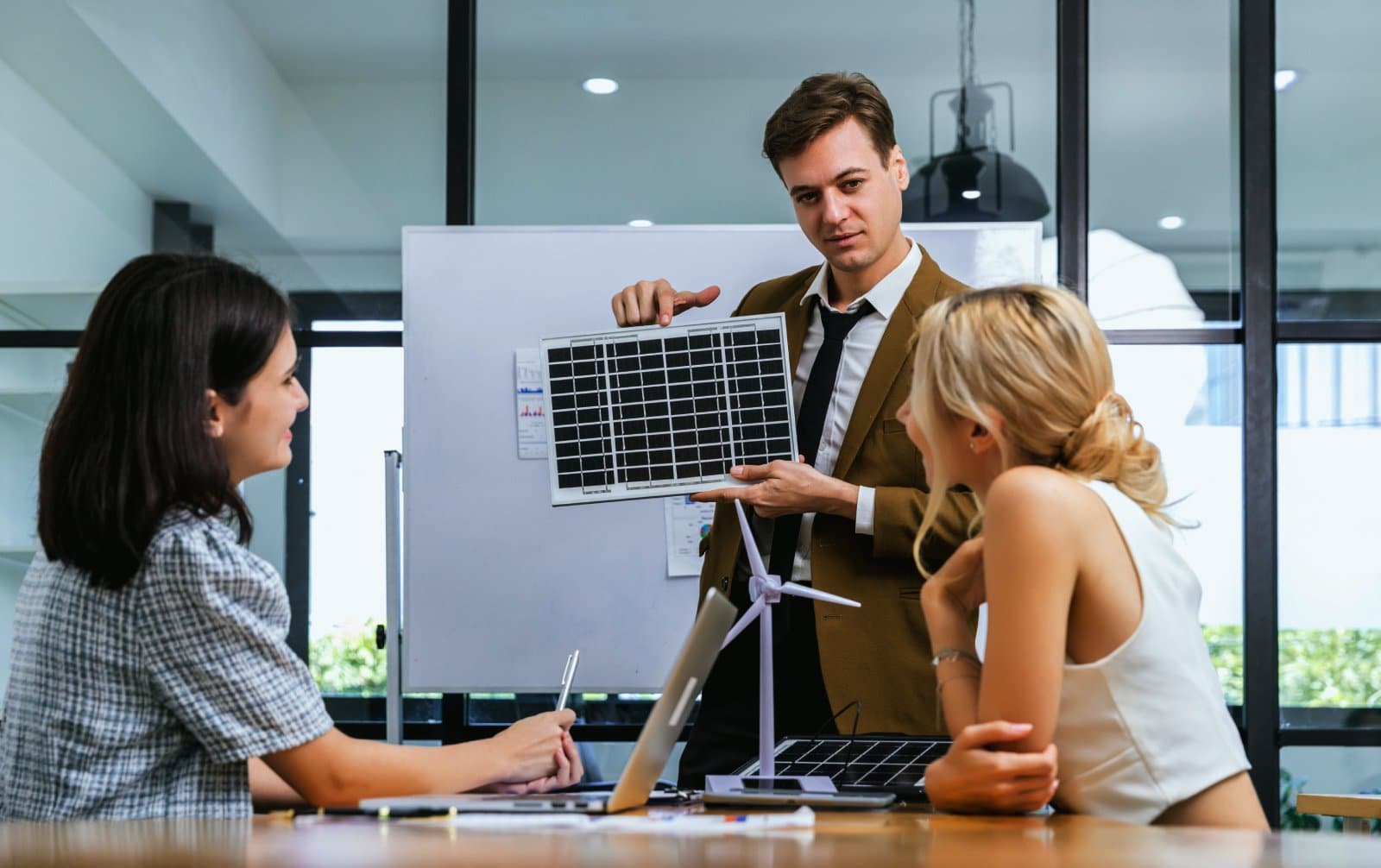
Image Credit: Shutterstock / kckate16
The efforts that Voisin are referring to is the Goldendale Energy Storage Project in south central Washington, an initiative that aims to address a significant challenge in the advancement of renewable energy: the inconsistency associated with wind and solar power.
As the Northwest moves away from fossil fuels, it is essential to store energy for periods when there’s no sun or wind.
Moving Ahead
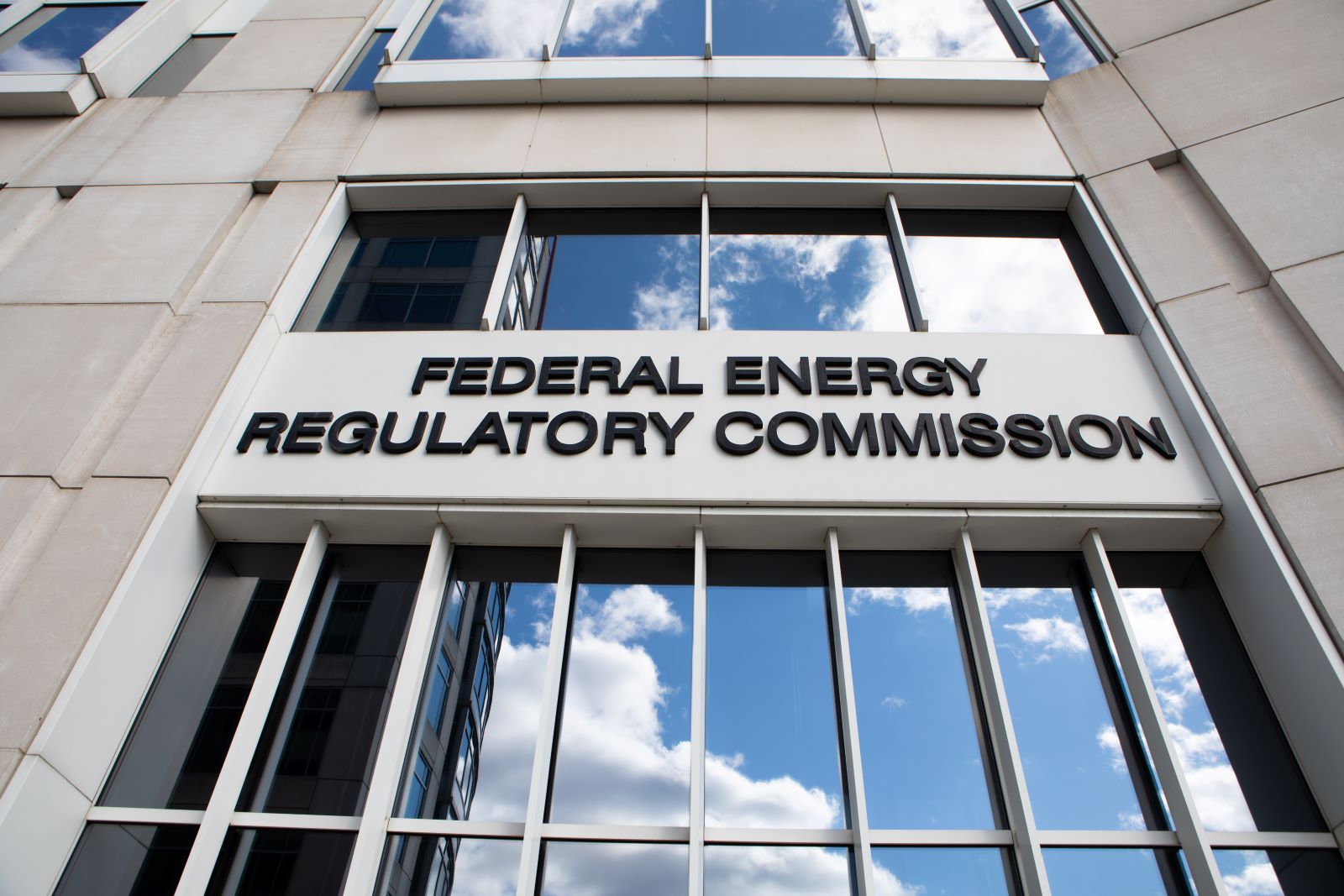
Image Credit: Shutterstock / Mark Van Scyoc
And this project already has the backing of the Federal Energy Regulatory Commission (FERC), as Erik Steimle, vice president of Rye Development (who’s heading the project), commended the FERC’s final environmental review.
Good For Everyone

Image Credit: Shutterstock / Kulnipa Armea
In his email statement, Steimle says: “The release of FERC’s final environmental impact statement is a significant milestone for the Goldendale Energy Storage Project, which will create thousands of jobs and help the state meet its climate goals with minimal environmental impacts.”
Imagine the Difference

Image Credit: Shutterstock / Dragon Images
Steimle also added that if construction proceeds, this will become the region’s biggest pumped storage project that could generate 1,200 megawatts of carbon-free energy – about the amount needed to provide half-a-day’s power to a city the size of Seattle.
What About Global Warming?
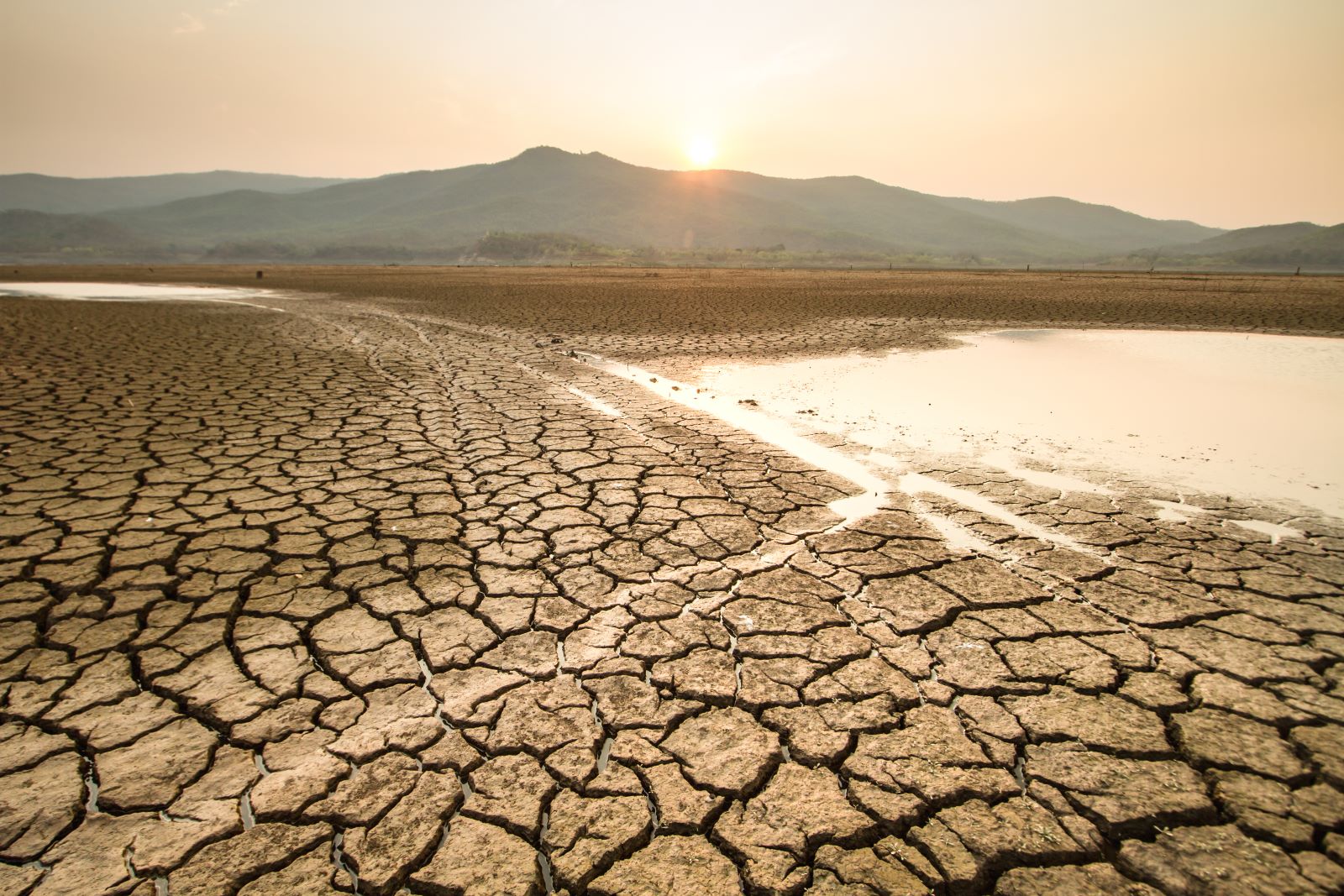
Image Credit: Shutterstock / Piyaset
But these plans don’t cancel climate change, as the hydropower plan could still be impacted by our warming globe and other excessive weather events.
According to the PNNL findings, warming temperatures will mean less water being stored in the Pacific Northwest mountains during winter.
Factor It In

Image Credit: Shutterstock / Gorodenkoff
Daniel Broman is PNNL’s hydro-climatologist and the lead author of its study.
As he states: “We know the climate is changing and we know that’ll affect how much water will be available to produce hydropower. Our research provides a consistent look across the country, so even if water and energy planners are only looking ahead regionally, our data can provide a broader outlook.”
Some Ups and Downs

Image Credit: Shutterstock / Farknot Architect
And since the impact of climate change is so unpredictable, Broman says there could be a fluctuation in the amount of hydropower being generated.
For instance, there could be a shift between 5% – 21% between 2020 – 2039, and then change to 4% – 28% in later years.
What About Seasons?

Image Credit: Shutterstock / Viktoriia Hnatiuk
Aside from rising temperatures, changing seasons are another factor to be reckoned with, says Broman.
His team discovered that, during the winter season, hydropower generation throughout the US could increase by 12% in the short term and by 18% in the medium term.
Affected by Rain
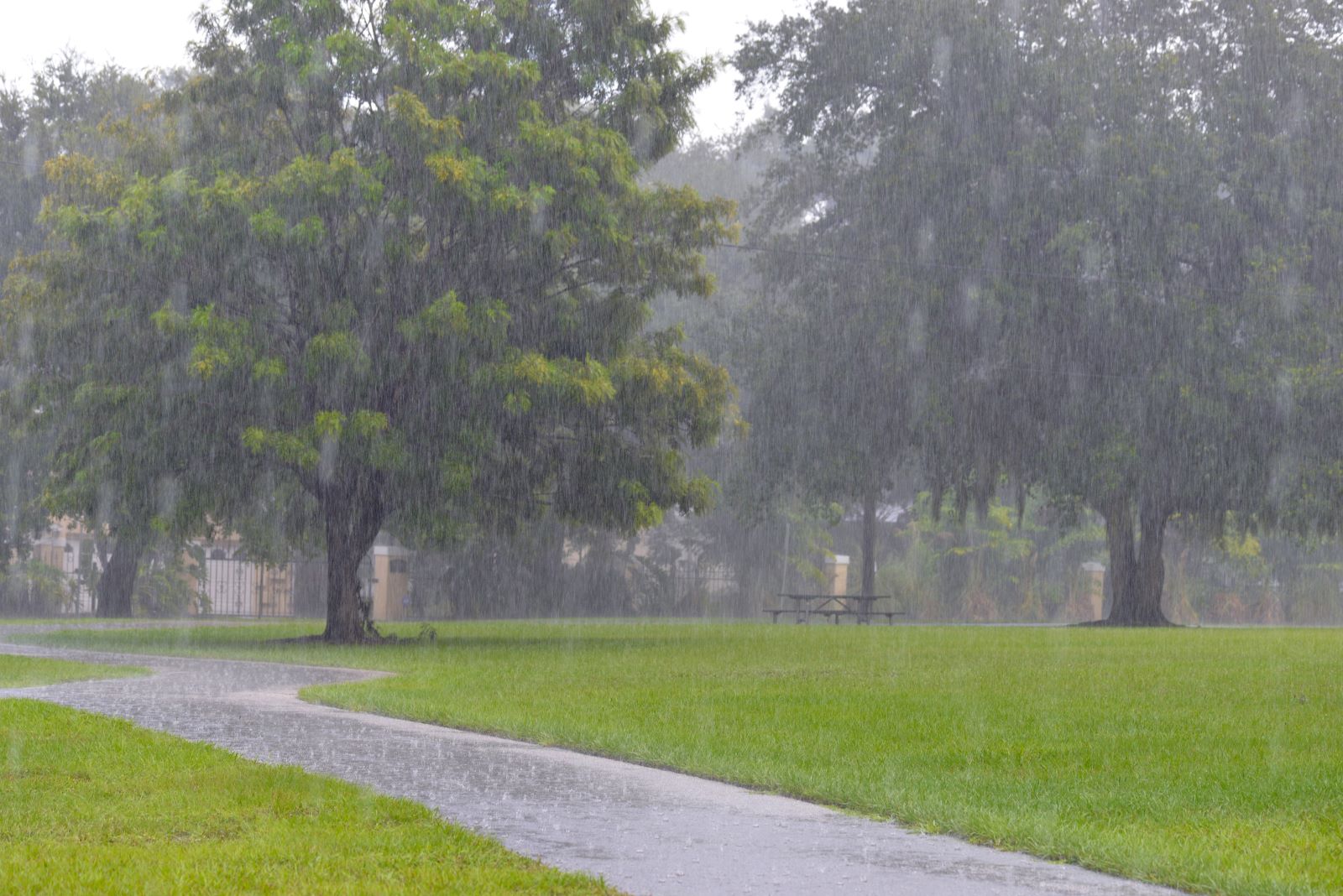
Image Credit: Shutterstock / Anna Morgan Photos
Moreover, an increase during the fall season’s rainfall may see a short-term boost of 5% to 20% in hydropower output in the Southeast, with modest gains anticipated in the Northeast and Midwest regions.
Clever Brainstorming Ahead

Image Credit: Shutterstock / Pressmaster
This seasonal impact will certainly pose a tricky scenario for water managers and grid operators, whose job it is to reevaluate the timing and methods employed in utilizing dams for electricity generation.
So Much Potential
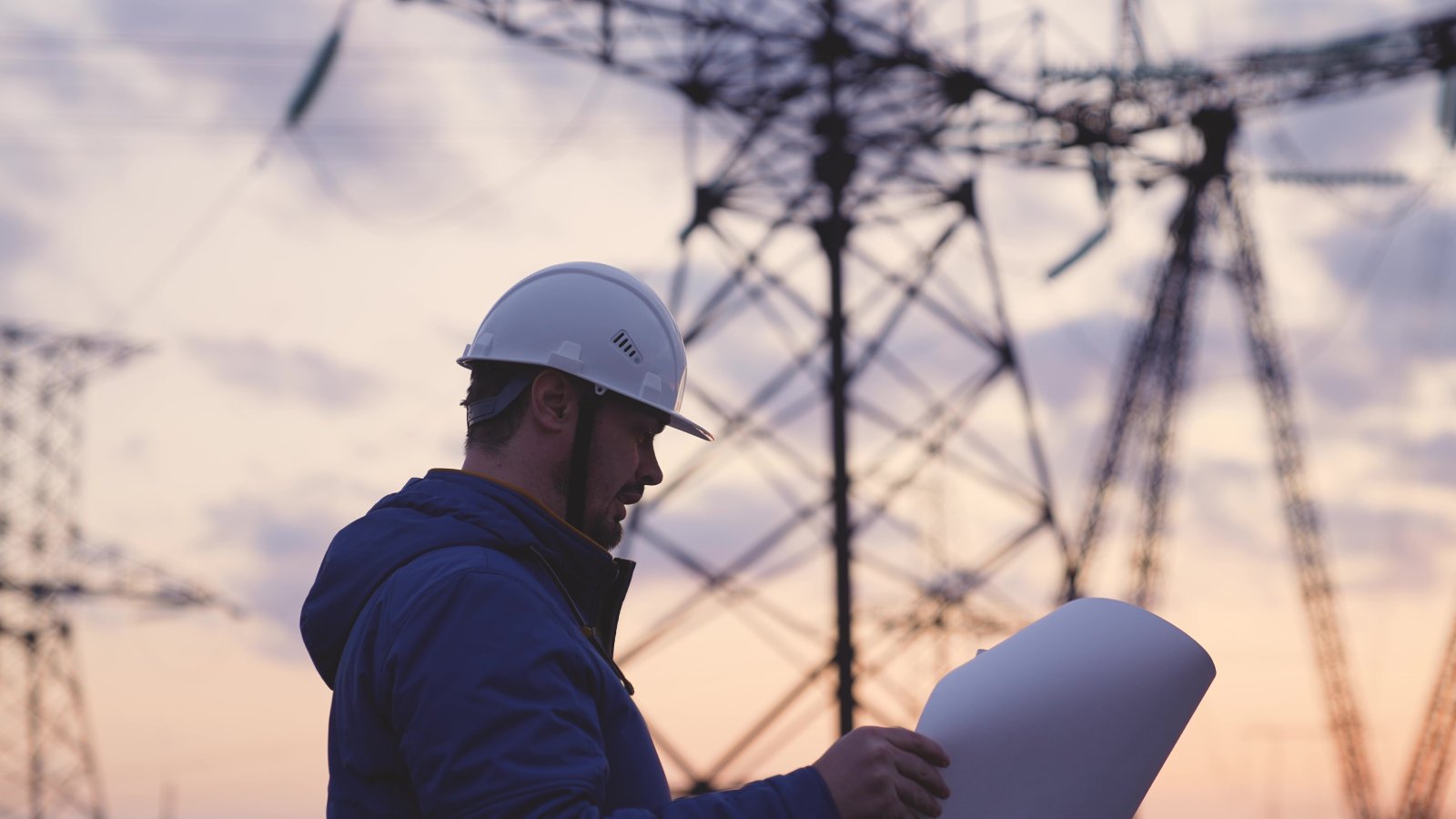
Image Credit: Shutterstock / Valery Zotev
Broman says that since climate change is so uncertain, we can’t rely on historical records to calculate what the future may bring.
He adds that “utilities may be thinking about hydropower generation under climate change for their own region, but the electricity grid is bigger than that.”
This Could Actually Work…
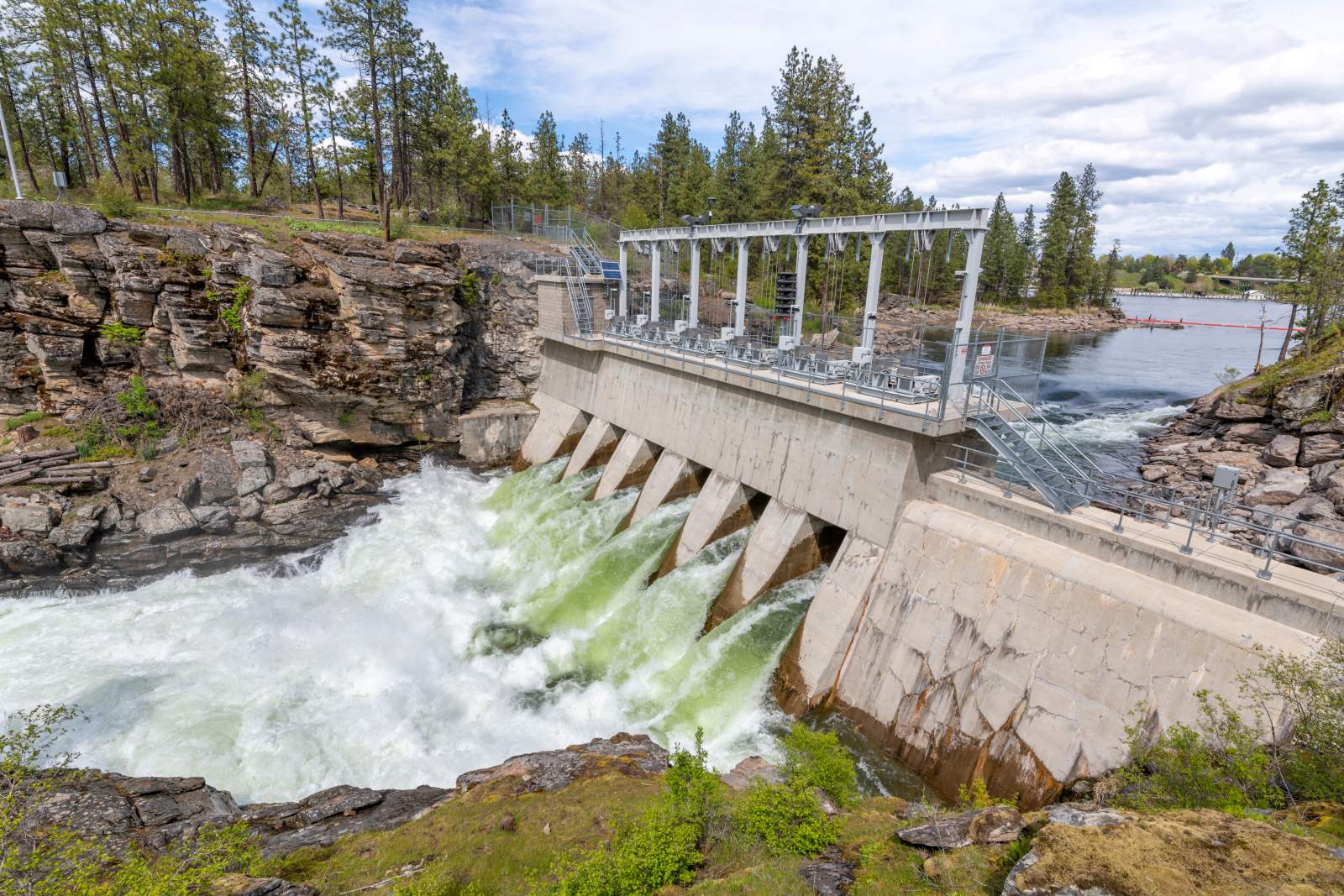
Image Credit: Shutterstock / Kirk Fisher
According to Voisin, hydropower remains a dependable source of renewable energy, particularly when integrated with other renewable energy sources.
… If We Do Our Jobs
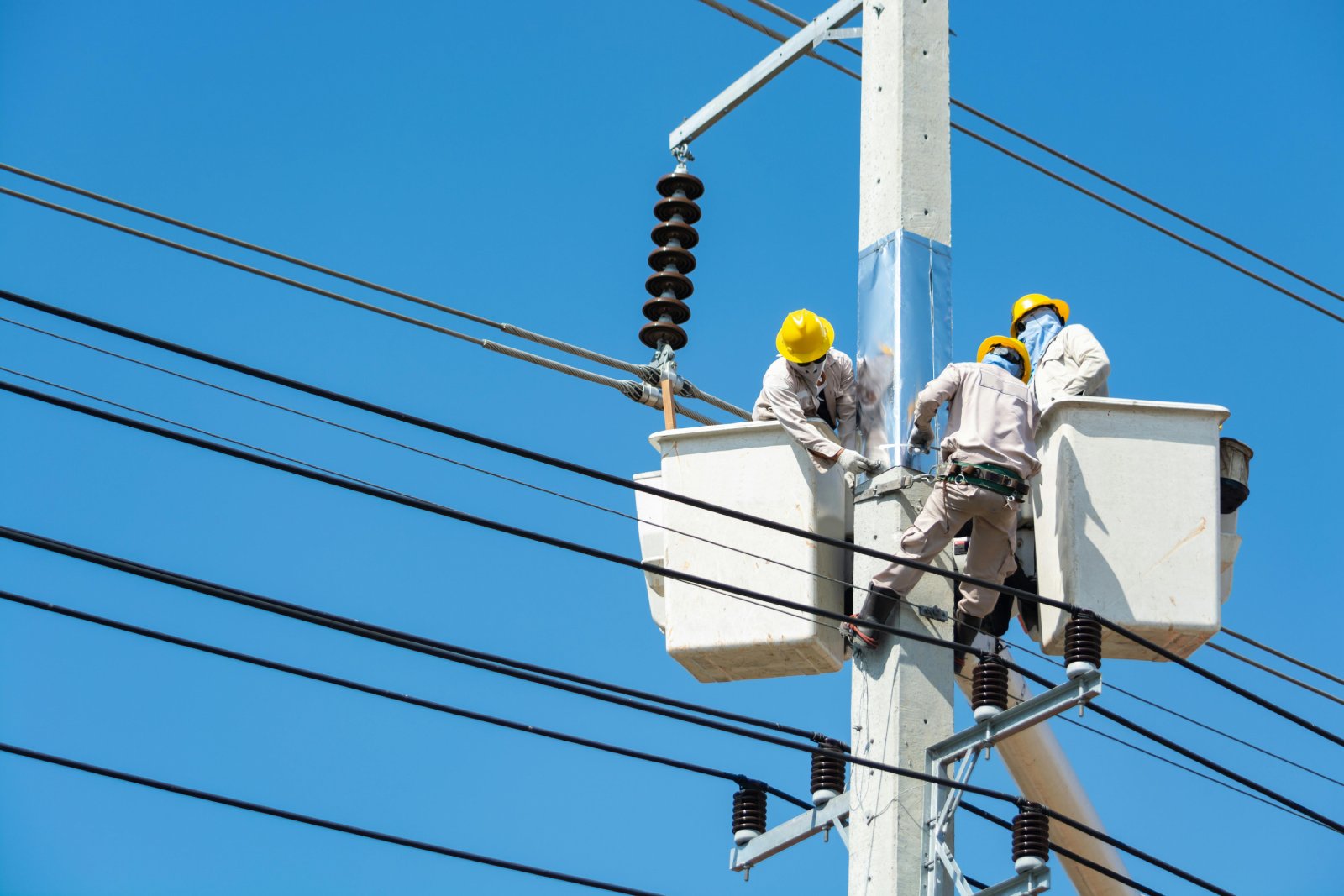
Image Credit: Pexels / Thampapon Otavorn
However, Voisin also emphasizes that the future use of hydropower may necessitate improved coordination and the potential regional interconnection of power grids to satisfy demand.
Featured Image Credit: Shutterstock / Evgeny_V.
The images used are for illustrative purposes only and may not represent the actual people or places mentioned in the article.

